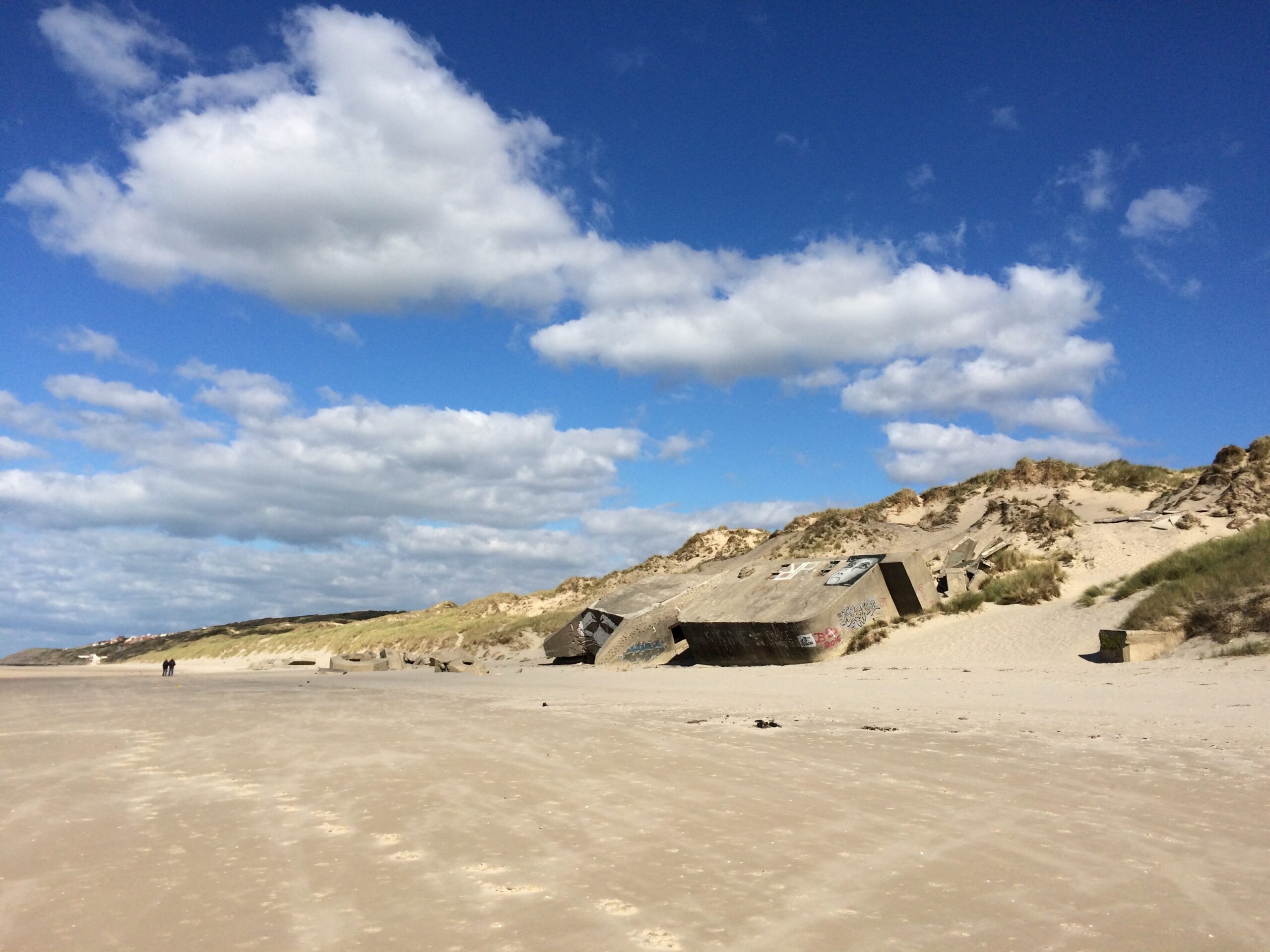It said that world could be a better place if we would build bridges instead of walls.
Perhaps like me you wondered what are those concrete bunkers that litter coasts of Channel Islands, Norway, Denmark, Lower Countries and France. Covered with colourful graffiti and long ago washed off their original positions they look surreal on the wide sandy Atlantic beaches.

The story goes they are nothing less than a major blunder of Organisation Todt (OT), Nazi’s famous construction bureau responsible for many inspiring civil and military objects, and Hitler himself.
When Nazi took over France, Denmark and Lower Countries and imposed its influence on Norway, question arose about defending Atlantic Coast from significantly expanded Allied forces. Allies also had an effective springboard – British Islands. Close enough to lounge the attach with a little warning and small enough to be fairly easy to defend.

The line of defences was first commissioned to be erected on Channel Islands. Contested territory throughout the history, yet effectively taken over from Britain by Reich it represented another major “moral booster” in Nazi information agenda.
Later lines of defences were built around major ports as those were believed to be a desirable locations for Allied Forces to land. Needless to note that throughout the construction the Atlantic Wall was portrayed in German media as an impregnable barrier to anyone who dares to attack third Reich.
The final stage of the project was to build a wall of fortifications all the way along West Coast from the tip of the Norway to Spanish border. It said Hitler was effectively obsessed with Atlantic Wall and spent nights designing bunkers himself (I suppose it could be remarked that the fuhrer was also a failed artist). The task of building needed amount of fortifications quickly manifested itself impossible due to lack of resources and work force even after designs of the bunkers were standardised and production of many parts of them was moved away from the construction sites.

The plan of defence system has changed when Ervin Rommel took over the line of fortifications. Decision was made against continuous line of defences in favour of introducing cheaper and easier to roll out stretches of passive defence that would prevent physical landing of marine crafts and airborne forces by placing obstacles in the way of the landing forces.
Those plans were interrupted just seven months into construction by famous D-Day, an offensive that undone two years of work in one day by piercing Atlantic Wall in just one place. Atlantic wall was just too thin and fragile.

Today many parts of famous defence system are dismantled or washed away in the sea. There are calls to recognise Atlantic Wall as a World War 2 monument. Certain bunkers became museums and many others became canvas for street artists – ironically from one rebellious artist to others.
